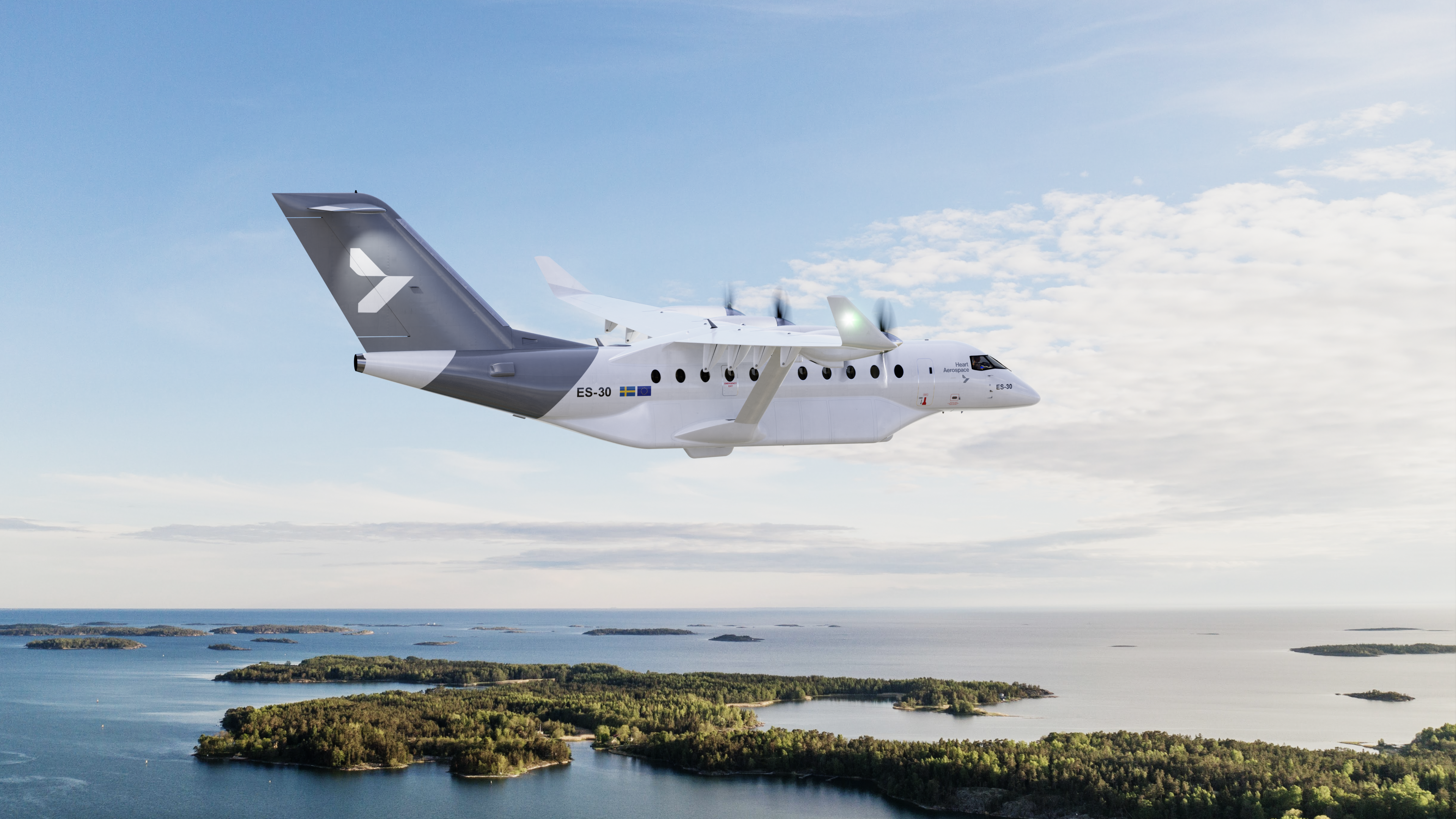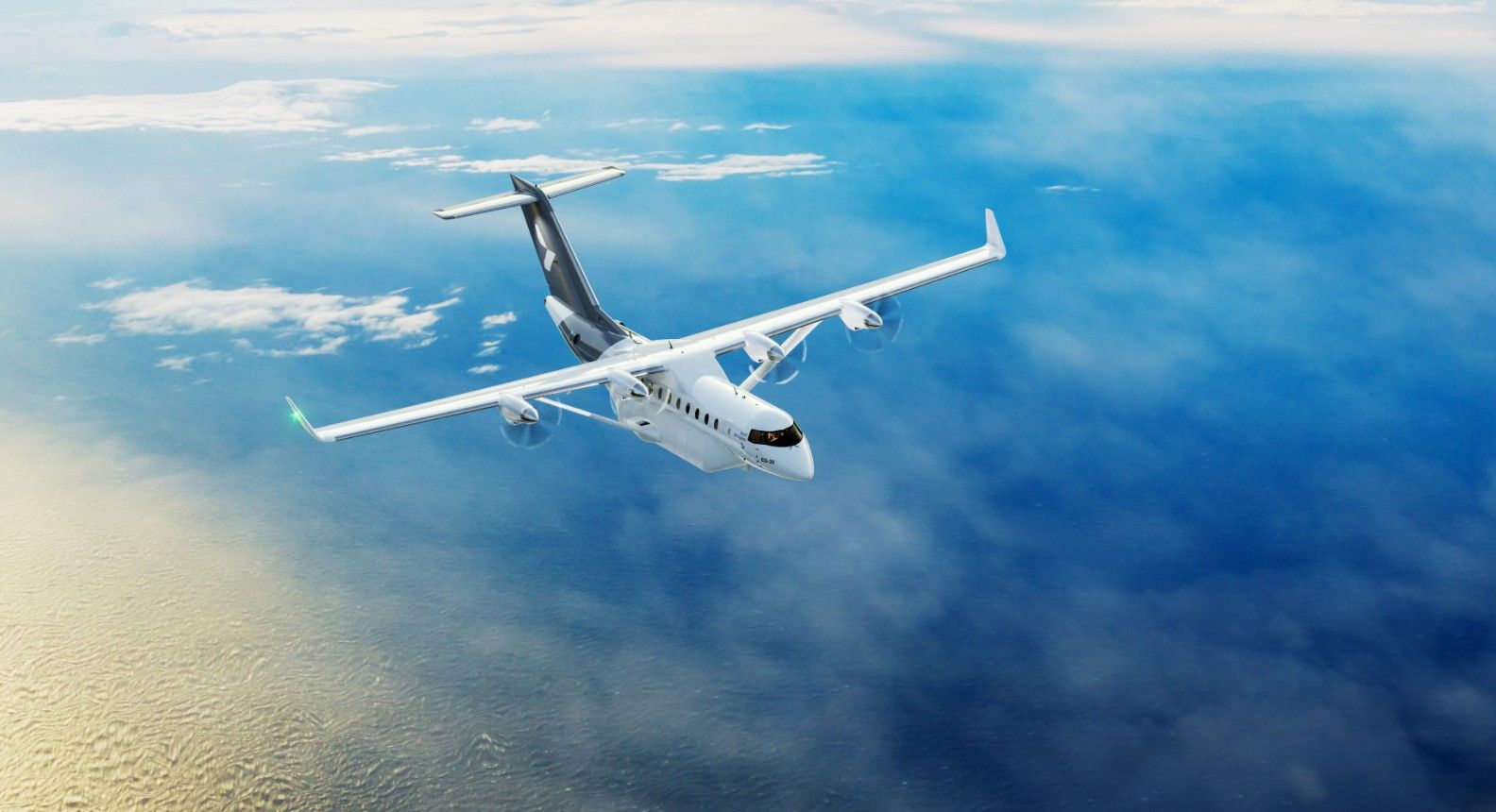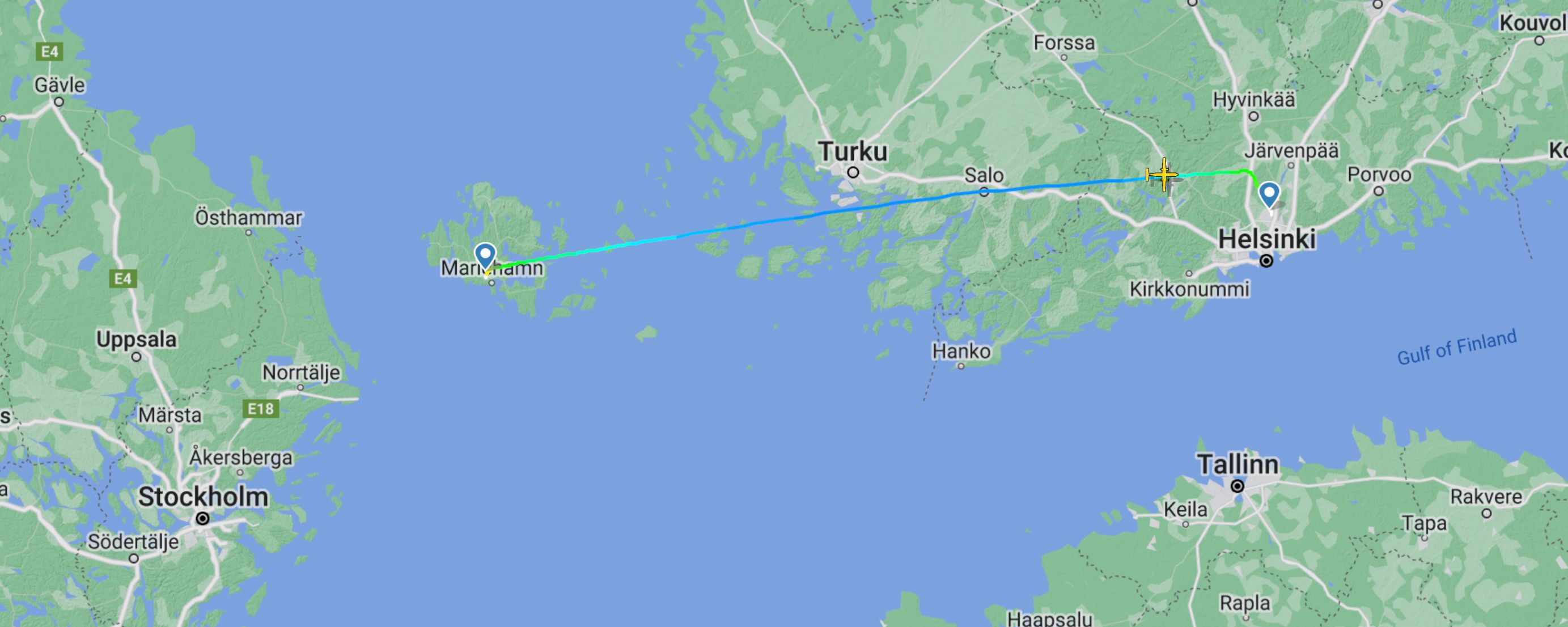Yesterday, Swedish electric aircraft manufacturer Heart Aerospace announced a partnership to explore electric flight across the Baltic Sea. The collaboration is with the Government of Åland, a Swedish-speaking autonomous region part of Finland.
Is this the place for electric airplanes?
The Åland Islands are an archipelago of 6,500 islands in the Baltic Sea between Sweden and Finland. Around 60-80 of the islands are inhabited by about 30,000 people, with about 70% of those living in Mariehamn, the capital of Åland.
It is around 150 kilometers (93 miles) from the Swedish capital, Stockholm, and the same distance to Turku, Finland's third-largest city. Finland's capital Helsinki is around 300 kilometers (186 miles) from Åland, making the islands a perfect location for regional aircraft.
The agreement between the Government of Åland and Heart Aerospace (Heart) is to determine if Heart's regional airplane, the ES-30, can be used to develop sustainable air services for the group of islands. Heart Aerospace's chief commercial officer Simon Newitt is delighted about the collaboration, saying:
"This is a significant step in the development of the ES-30 as it allows us to focus on the operating infrastructure required in support of zero-emissions flying out of Mariehamn. We look forward to working together with the Government of Åland to make this a reality."
An excellent example of why Åland makes an ideal test site is to look at this flight map for a flight between Mariehamn and Helsinki this week. The Finnair flight AY214, operated by Nordic Regional Airlines, departed Mariehamn Airport (MHQ) at 21:15 and landed at Helsinki Vantaa Airport (HEL) at 21:51. As expected in a flight of this length and the location, it was operated by a turboprop, in this case, it was an ATR 72-500, registration OH-ATE.
The Heart ES-30 is being developed as a regional electric aircraft with a standard seating capacity of 30, compared to the ATR 72-500 capacity of 70 seats. The ES-30 will have a fully electric zero-emissions range of 200 kilometers (124 miles), putting Stockholm and Turku well within reach of Mariehamn.
The ES-30 has the range
Heart's announcement added that the ES-30 has an extended range of 400 kilometers (248 miles) with 30 passengers and the flexibility to fly up to 800 kilometers with 25 passengers, all including typical airline reserves. That being the case, the 36-minute, 282-kilometer flight between Mariehamn and Helsinki is another prime target for the ES-30 and zero emissions flying.
As well as the Finnair route from Mariehamn to Helsinki, Åland has air connections to Stockholm and Turku. Sitting in the Baltic Sea only underscores how important it is for the islanders to have reliable connections in both directions, not just for people but also for freight and trade. Åland's minister for trade and industry, Fredrik Karlström, said:
"Åland has had a positive population trend for the past 50 years and continues to grow each year. As an island community our flight connections are vital to us, but so is our environment. That is why quiet, zero emission electric flights are highly interesting to us."
Want to know more about sustainability in aviation?
This project is similar to Air New Zealand's work as it looks to replace its aging De Haviland Q300s with zero-emission aircraft. Heart is one of the partners, along with Airbus, Embraer, Universal Hydrogen, and ATR, in the consortium that Air New Zealand has gathered together to help it protect its pristine environment.
What do you think of this initiative? Let us know in the comments.




